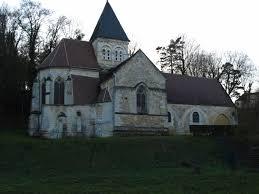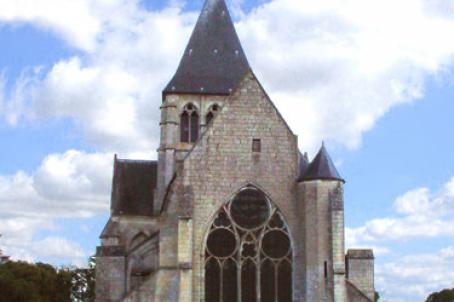Church of Saint-Martin
The Saint-Martin church was built in the 12th century in Heilles and is surrounded by the old parish cemetery. The church, which is dedicated to St. Martin of Tours follows a cruciform plan. It consists of a Gothic porch opening to the west entrance, a single Romanesque nave (12th century), an overflowing transept whose cross serves as a base for the bell tower and a choir (13th century) composed of a very short span and a seven-sided apse.
About this building
The Saint-Martin church was built in the 12th century, in the valley of Thérain in Oise, in Heilles, and is surrounded by the old parish cemetery. The church, which is dedicated to St. Martin of Tours follows a cruciform plan. It consists of a Gothic porch opening to the west entrance, a single Romanesque nave (12th century), an overflowing transept whose cross serves as a base for the bell tower and a choir (13th century) composed of a very short span and a seven-sided apse.
The choir, on whose walls one can see frescoes, depicting Saint Martin in episcopal garb, and Saint Fiacre, patron saint of the gardeners, is of Gothic style: radiating with capitals and keystones without carved decoration. A turret of stairs occupies the angle between nave and south cross and a sacristy is located north of the choir. The rectangular nave is covered with an original paneled cradle. The Romanesque belfry (12th century) shelters a bell added in 1753. It presents a very prominent beauvaisine cornice and rests on posts surmounted by archaic capitals with angular scrolls and gadroons of Romanesque style.
In the sixteenth century, the church was heavily altered by removing a north aisle and building a chapel dedicated to the Virgin and another to Saint Claude. In addition to a Madonna and Child of the fourteenth century, which has disappeared, we can admire the furniture of the church: a carved group representing the Charity of St. Martin (without the beggar), the baptismal font, two Christ on the cross, a baroque pulpit, a statue of Christ (16th century) and a statue of Saint Claude, in episcopal garb, giving a blessing.






